When planning a trip to Denmark, many falter beyond its capital, Copenhagen. An exciting food scene, kooky culture, and helpings of history, there’s much that justifies its inclusion in an itinerary. Indeed right now, make the most of Copenhagen’s extension of its Copenpay scheme, which awards green deeds, with many prizes up for grabs such as free bike rentals, yoga sessions and guided tours for arriving in the city via train.
However, heading to its other towns and cities unveils the country’s remarkable beauty and variety, while shaking off Copenhagen’s prices and busyness.
While Aarhus rivals the cultural eccentricities of the capital, if its history you’re after, delve into Denmark’s lesser known stories like those of witch hunts in Ribe or youth culture in Roskilde. For a camera roll full of fairytale-like scenes head to Odense, while Skagen’s expansive sea and sand promises a blissful escape.
Read more: The best things to do in the Faroe Islands
1. Odense
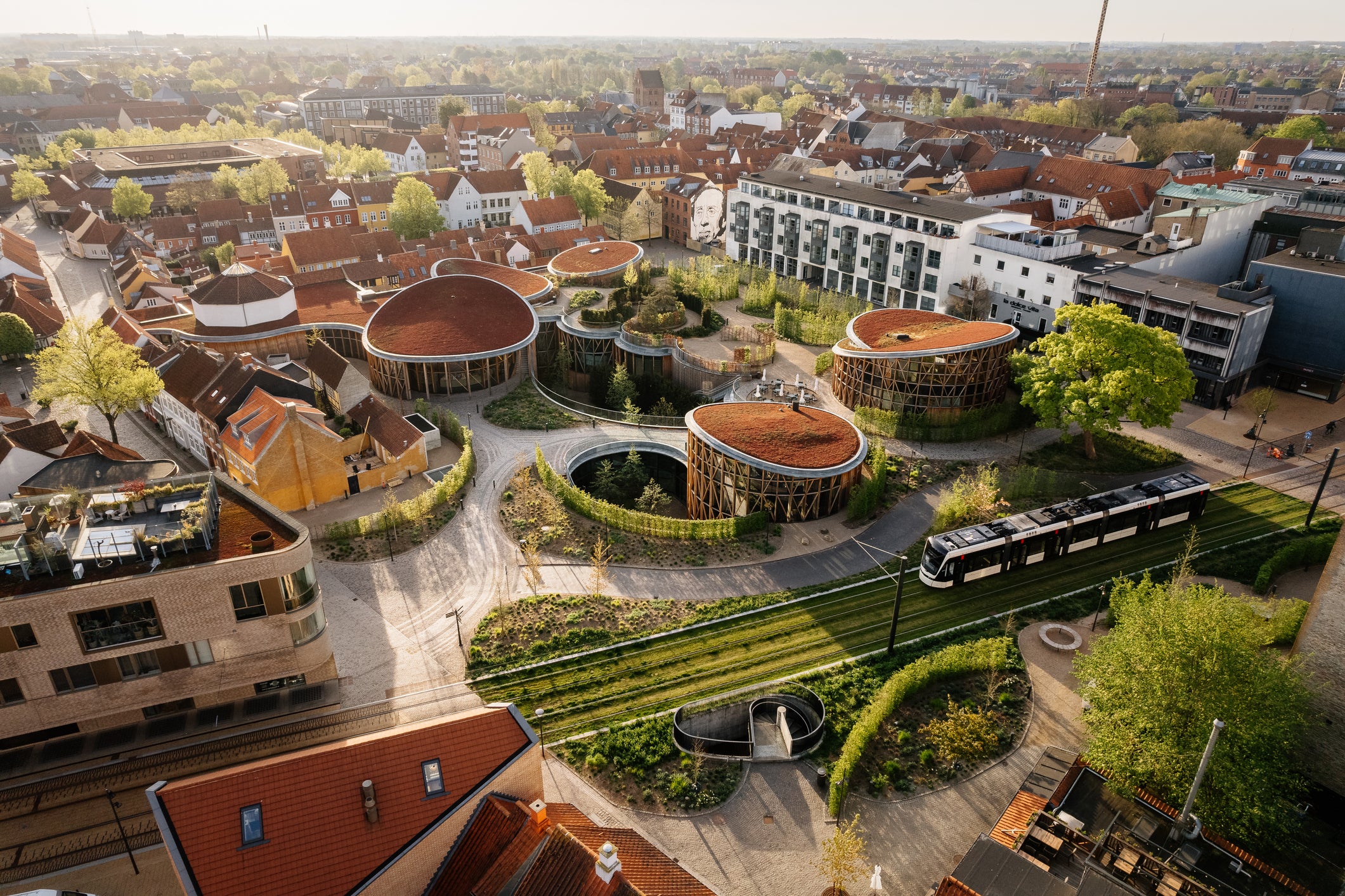
Home of fairy tale author Hans Christian Andersen, Odense’s charming old streets and manicured gardens could be an illustration plucked from one of his books. You can step into his magical world and genius at The Hans Christian Andersen’s House where exhibitions include original drawings and writing notes, as well as children’s sensory and dress-up fun. Beyond fantasy, its lively port boasts North Atlantic art exhibitions at Nordatlantisk Hus, and gastronomic delights pour out of food vendors at Storms Pakhus.
2. Aarhus
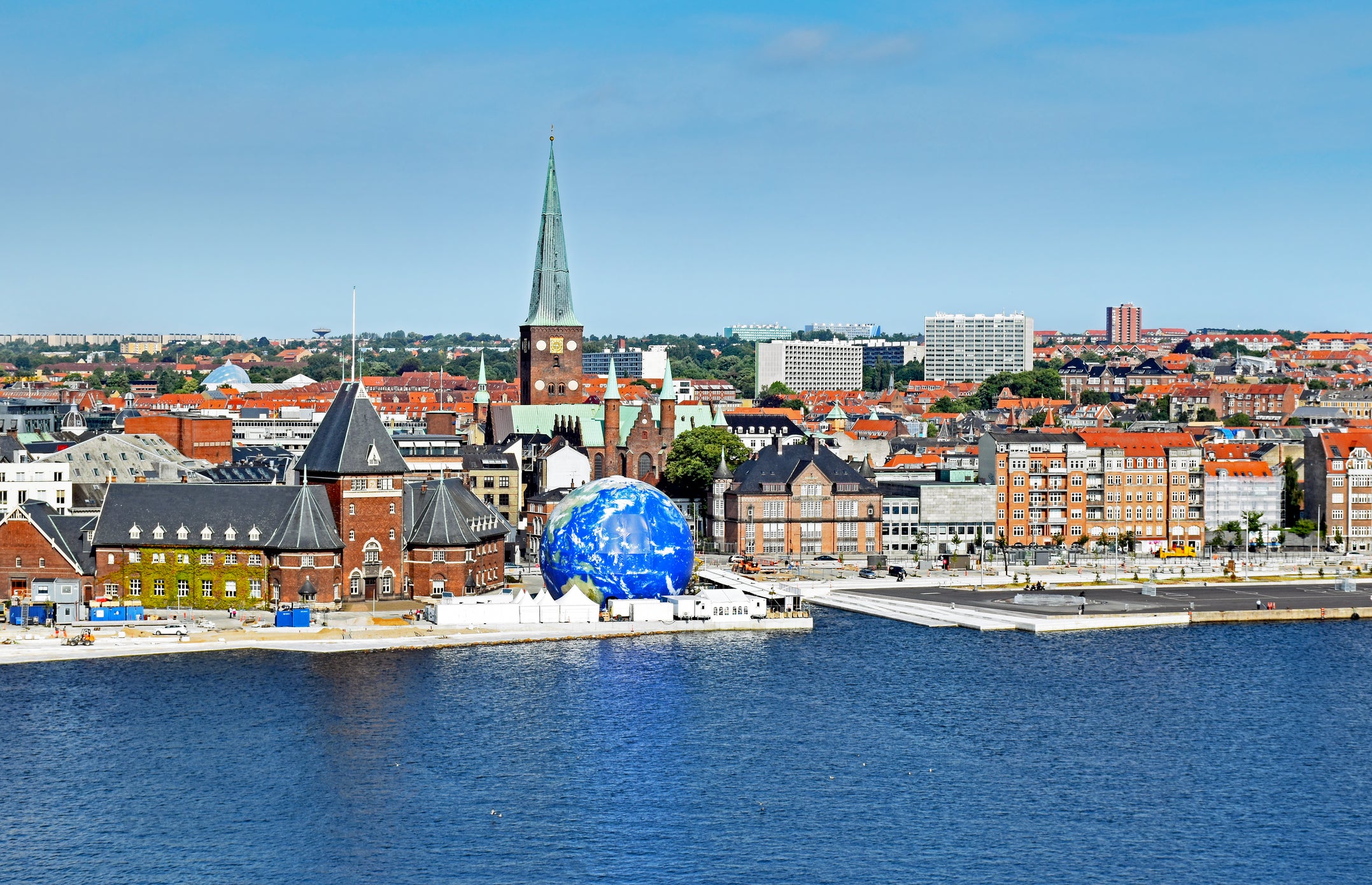
Often heralded Denmark’s second-city, Aarhus packs a remarkable amount of charm, history and culture into its walkable centre. Start by taking in the city through the panoramic rainbow-coloured panes designed by Danish/ Icelandic artist Olafur Eliasson on the rooftop of ARoS Aarhus Kunstmuseum, Aarhus’ prized red-bricked art museum. The other nine floors are equally mesmerising with art spanning the Golden Age, modernism and contemporary works – don’t miss James Turrell’s emotive play with colour and light at his highly anticipated exhibition The Dome, a Skyspace on right now.
For unadulterated charm, stumble down the cobbled Møllestien lane lined with painted goldilocks houses and jeweled hollyhocks before heading to the stylish buzzy Latin Quarter for coffee and chic boutiques.
Read more: These are the best hotels in Copenhagen
3. Roskilde
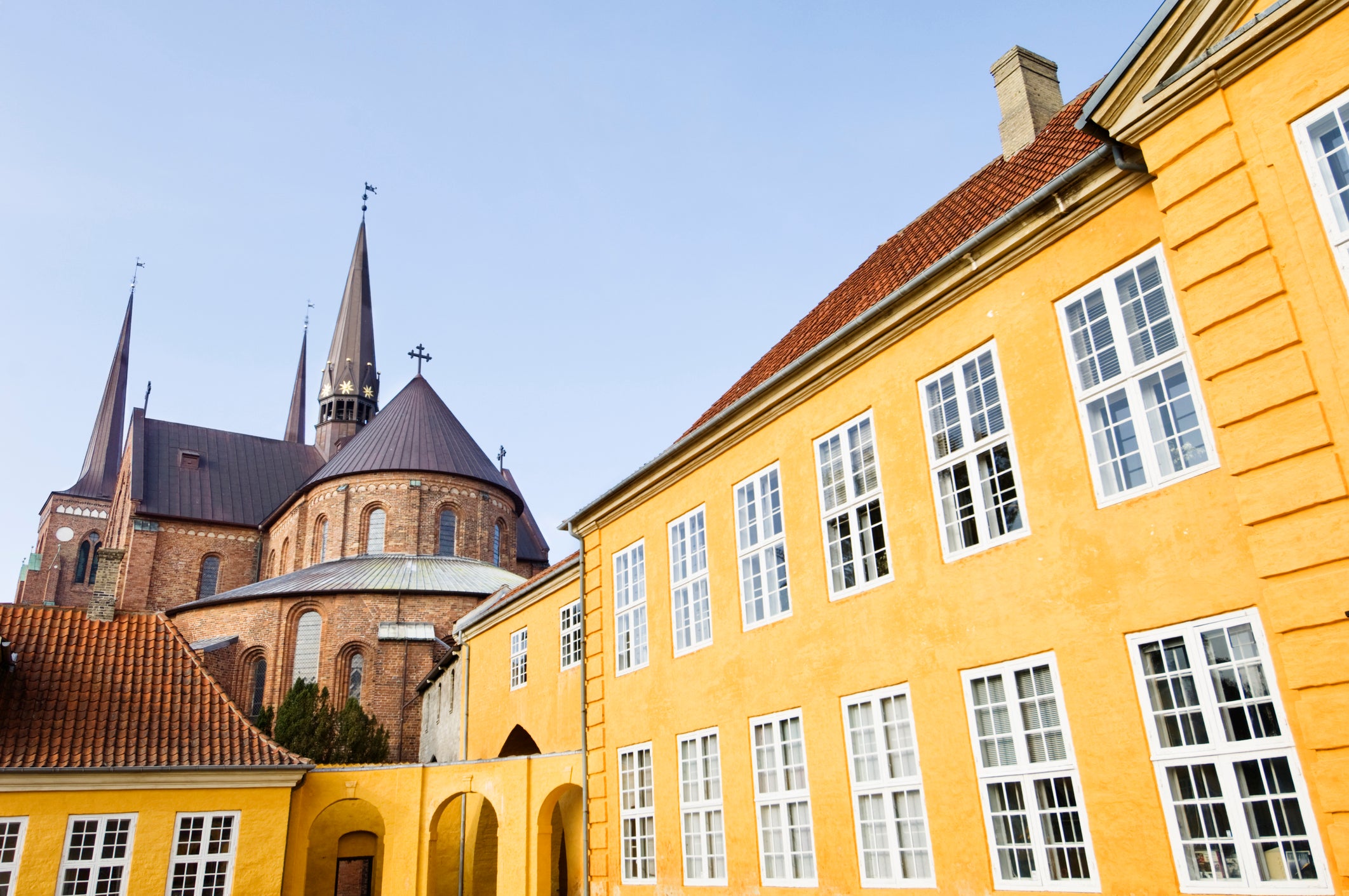
Roskilde’s fascinating history as the hub of Viking trade and Denmark’s former capital is waiting to be unlocked at its many museums. Top of the list is the Viking Ship Museum, centred around five original Norse ships which tell the story of the Viking interaction with the world through its voyages. Then jump to the modern day for a glorious celebration of rock, pop and youth culture in Denmark at Ragnarock, a landmark in Roskilde’s new cultural quarter. The city’s story continues with the not for profit Roskilde Festival that attracts global music lovers for its exhilarating atmosphere and top artists which this year include Charlie XCX and Olivia Rodrigo.
4. Skagen

If your trip is during the warmer months, head to the coastal destination favoured by many Danes. Skagen’s distinctive position where the North Sea and the Baltic Sea meet means the seaside town has a special quality of light that has drawn artists for centuries. It’s easy to appreciate the inspiration behind the work of the late 19th-century Skagen Painters, which are displayed at the Skagen Museum, in a town replete with white sand beaches, butter yellow houses, sweeping moors and charming fishing cabins.
Read more: Simon Reeve on what he learned from his journey to Scandinavia
5. Copenhagen
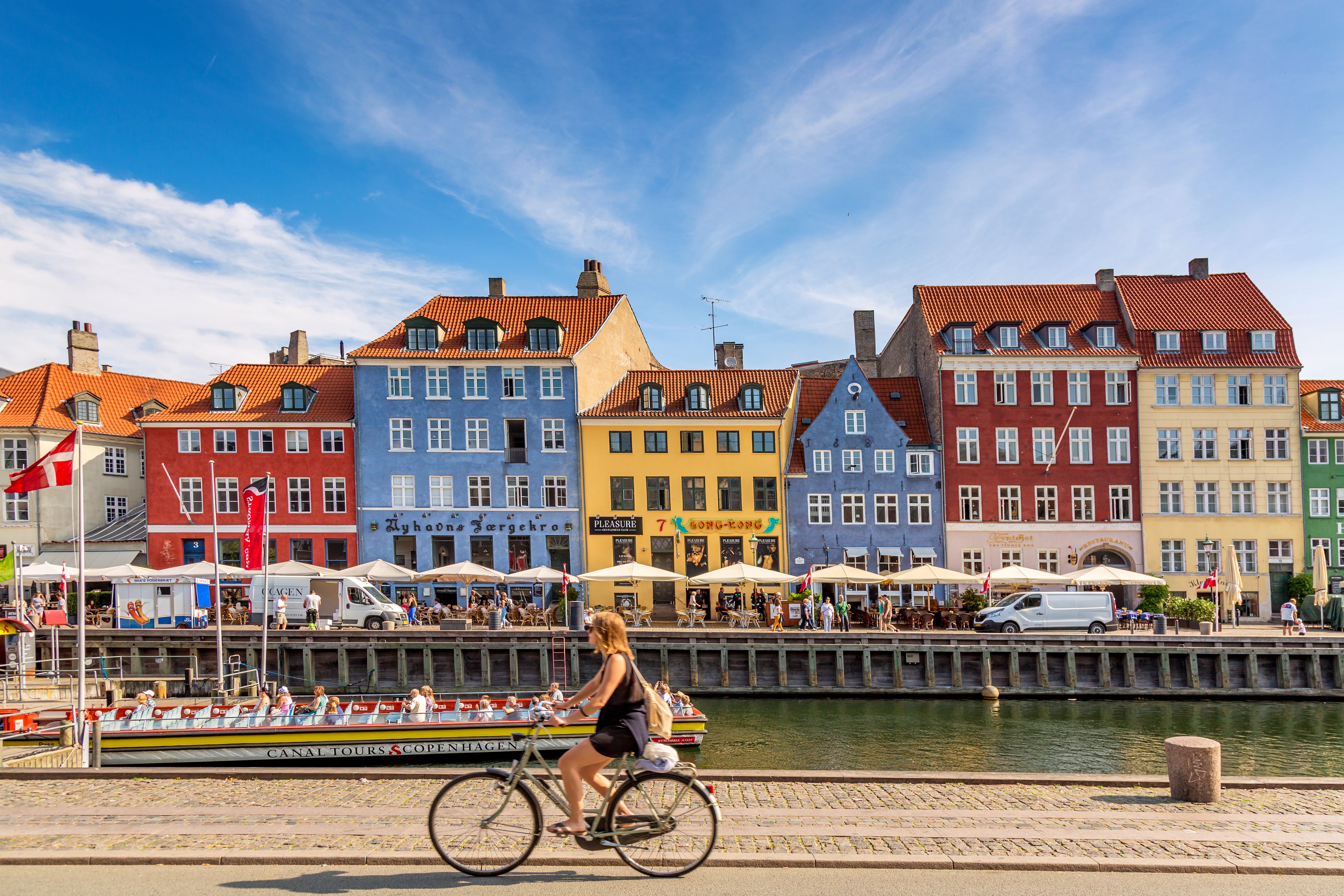
Denmark’s capital is known for its laidback and eco-conscious way of life, and is best enjoyed by embracing these elements, preferably on a rental bike. Beyond soaking up the colours of historical buildings at Nyhavn and the sparkling Danish crown jewels at Rosenborg Castle, there are plenty of opportunities to embrace the city’s ‘Scandi cool’ ethos with a splash at one of its harbour baths, such as the Kastrup Sea Bath, or at the sustainable food market Reffen which is part of the rejuvenation of the city’s shipyard area.
Read more: Best luxury hotels in Copenhagen for 2025, reviewed
6. Aalborg
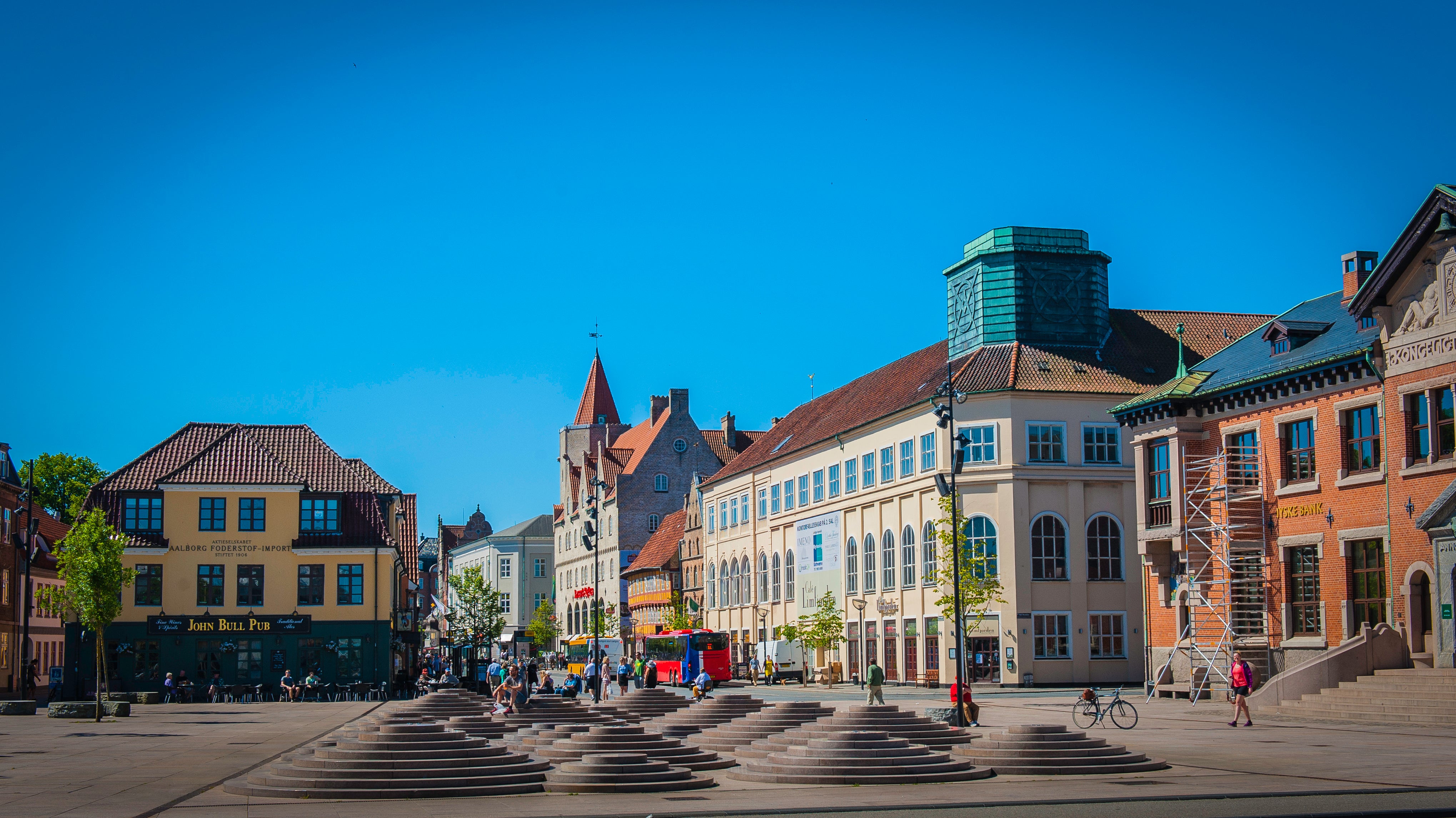
Perched on a narrow point of the Limfjord channel, Aalborg has undergone significant development resulting in a vibrant town with exciting cultural attractions. A fascinating insight into the world of architecture and architects can be found at Utzon Center – designed by Jorn Utzon, the architect behind the Sydney Opera House – while the city’s old power station, Nordkraft, has been transformed into a cool cultural centre where theatres, an independent cinema and Denmark’s highest climbing wall breathe life into the old industrial shell.
7. Ribe
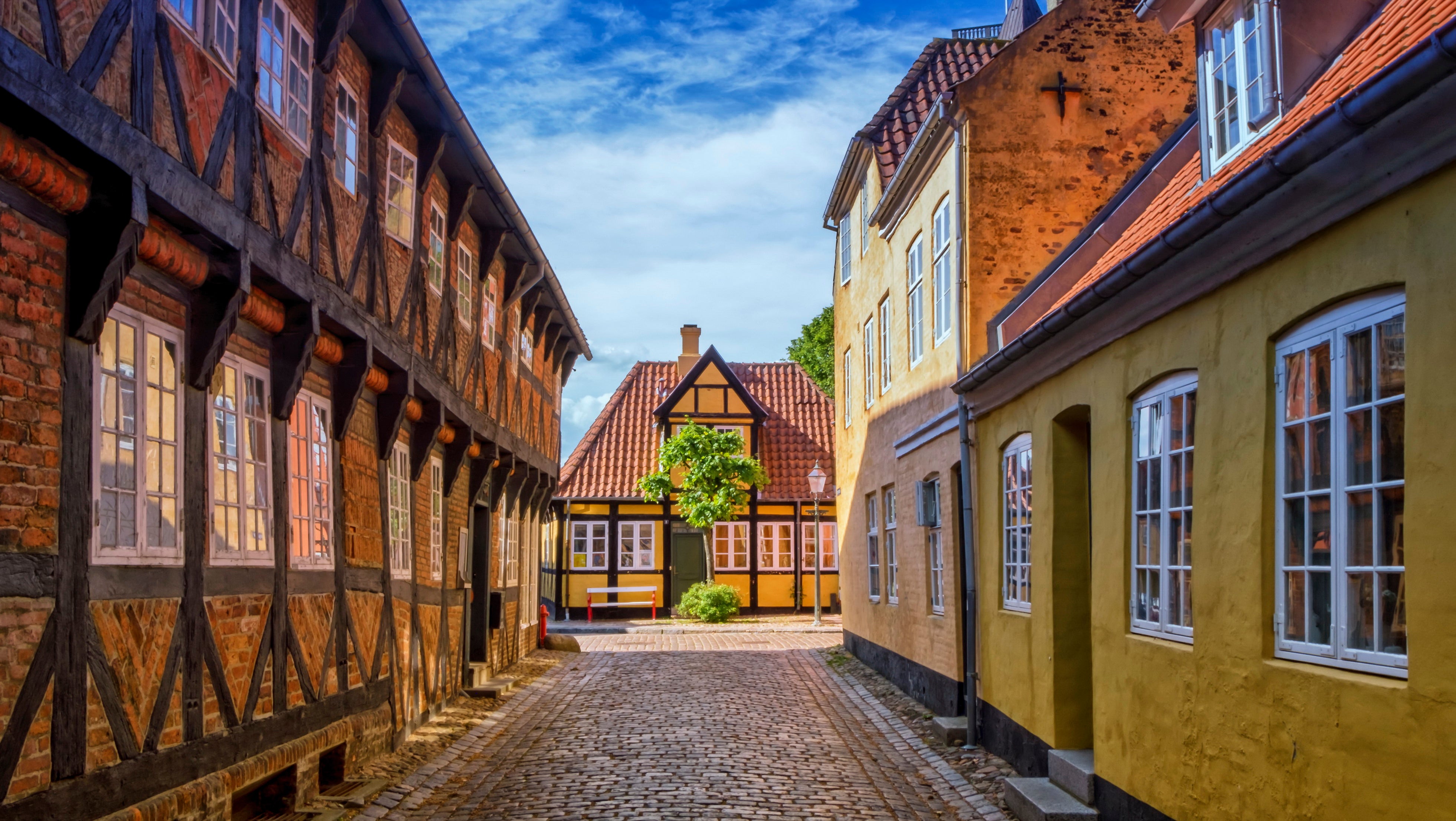
Medieval cobbled streets, beamed cottages and the curious history as the one-time centre for witch trials in Denmark, there’s lots to uncover in Ribe. Among the tales told by Denmark’s oldest town, its affiliation with witchcraft is one of the most interesting. The HEX! Museum of Witch blows the cobwebs off the history shrouded in myth and hearsay through films, art and objects.
The storied town’s secrets come alive with a tour led by the old Nightwatchman as they trace the traditional law enforcement, which predates the police force, around singing and telling tales of a bygone time, while Ribe’s Cathedral reveals the influence of wealth on architectural styles and details, from Romanesque to Gothic, with its huge watch tower and steeple that towers over the houses below.
8. Dragør
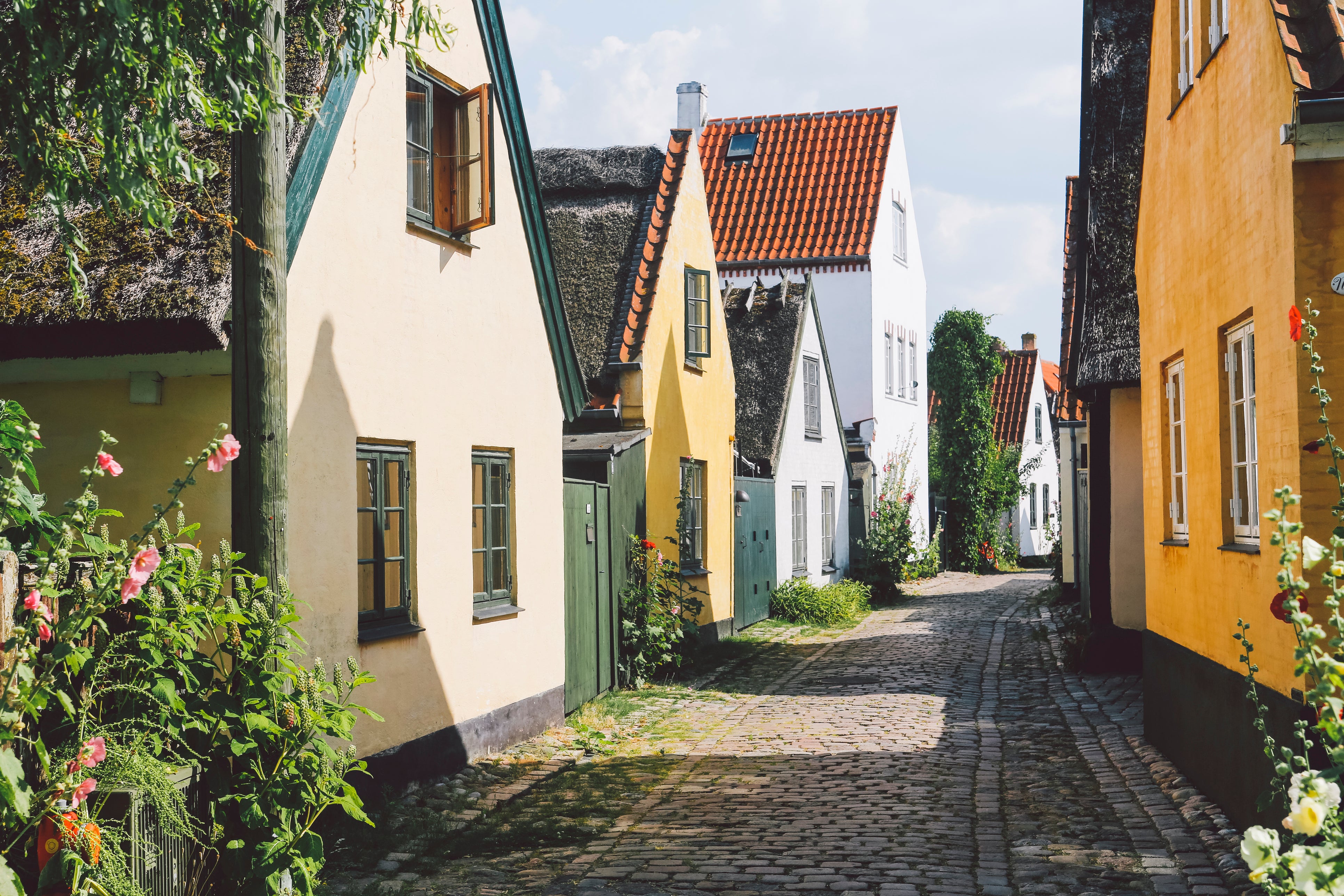
A mere 12 kilometres from Copenhagen, Dragør makes a peaceful and picturesque day trip from the capital. A stroll in the Old Town takes you through squares charmed with deep yellow houses and cobbled narrow wheelbarrow alleyways, while Dragør’s Old Harbour hums with activity along its waterfront.
A stone’s throw away from the town’s centre is the village of Store Magleby, also known as “Dutch Town” thanks to the Dutch farmers who settled there in the 1500s. Explore life as an Amager farmer by delving into the cultural heritage found in well-preserved living rooms and vegetable patches at Amagermuseet, where resident pigs and goats are also often seen.
Read more: Best family-friendly hotels in Copenhagen, reviewed
9. Ærøskøbing
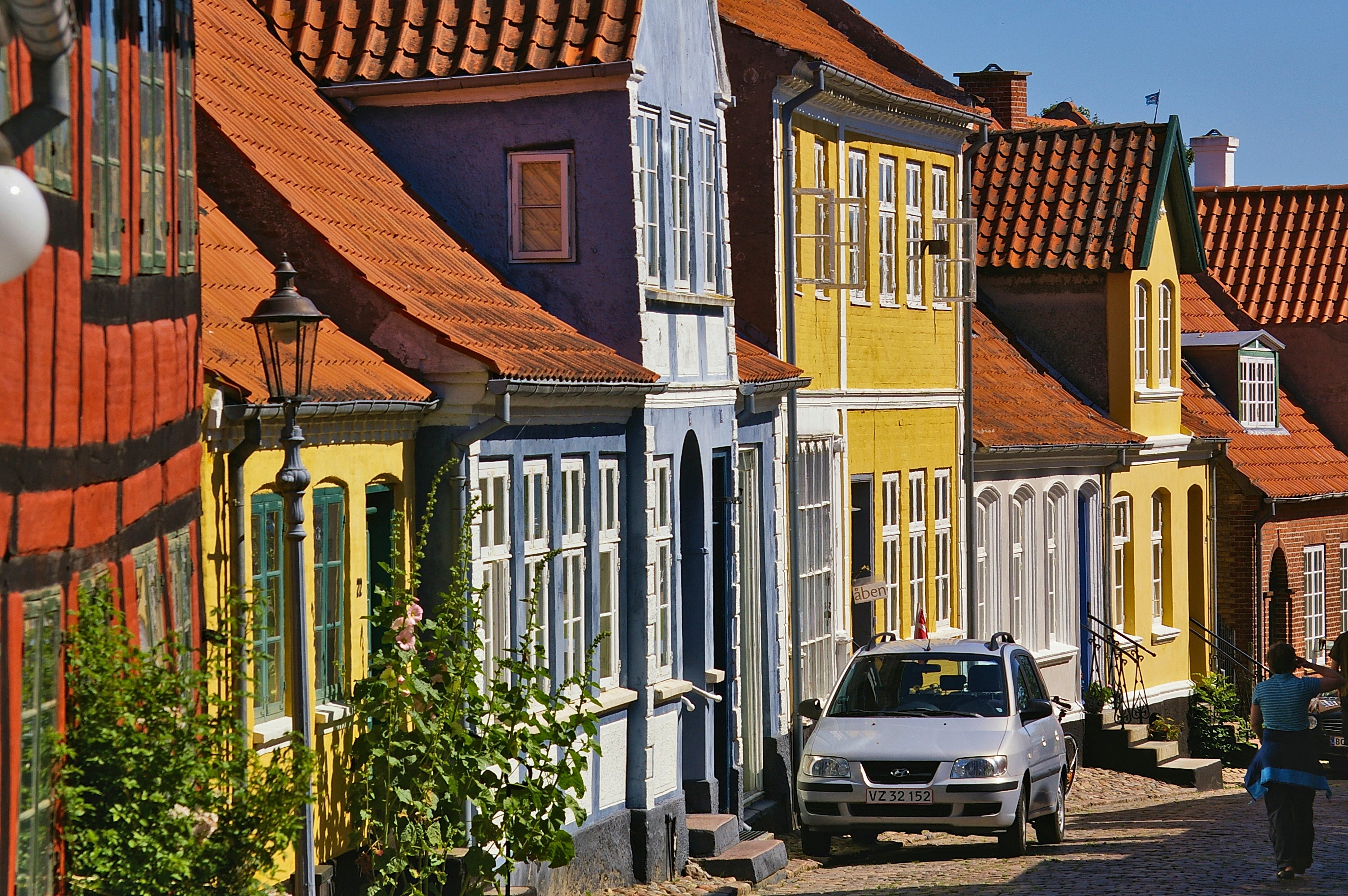
Sleepy and idyllic, the tiny island of Ærø, reachable by a ferry from Svendborg, is an enchanting escape. Climbing roses cling to the houses of Ærøskøbing – some delicately preserved for over 750 years – while colourful beach huts line the shore of Vesterstrand, where shallow waters invite a relaxing bathe, just a short walk from the marina.
There’s more than meets the eye as you’ll discover once you delve into the island’s history, which is influenced by its position as once in the border country between the Kingdom of Denmark and the Duchy of Schleswig. The Ærø Museum in Ærøskøbing explores how this geography has influenced the island’s dialects, building practices and food culture in intriguing ways.
10. Rudkøbing

On the western coast of the island of Langeland, Rudkøbing is a quaint but lively market town charmed with beamed merchant houses and a handful of speciality shops. Peruse shelves lined with artisanal products like wines and liqueurs at Butik Knag, or wooden children’s toys at Little Village People, before heading to the harbour for views of Langeland’s Bridge and the islands of the archipelago.
While it’s proudly the birthplace of Game of Thrones actor Nikolaj Coster-Waldau, aka Jaime Lannister, Rudkøbing honours the Danish physicist Hans Christian Ørsted, who discovered electromagnetism, with a statue that can be admired on Gaasetorvet square.
Read more: The Arctic adventure so thrilling I didn’t need the northern lights


